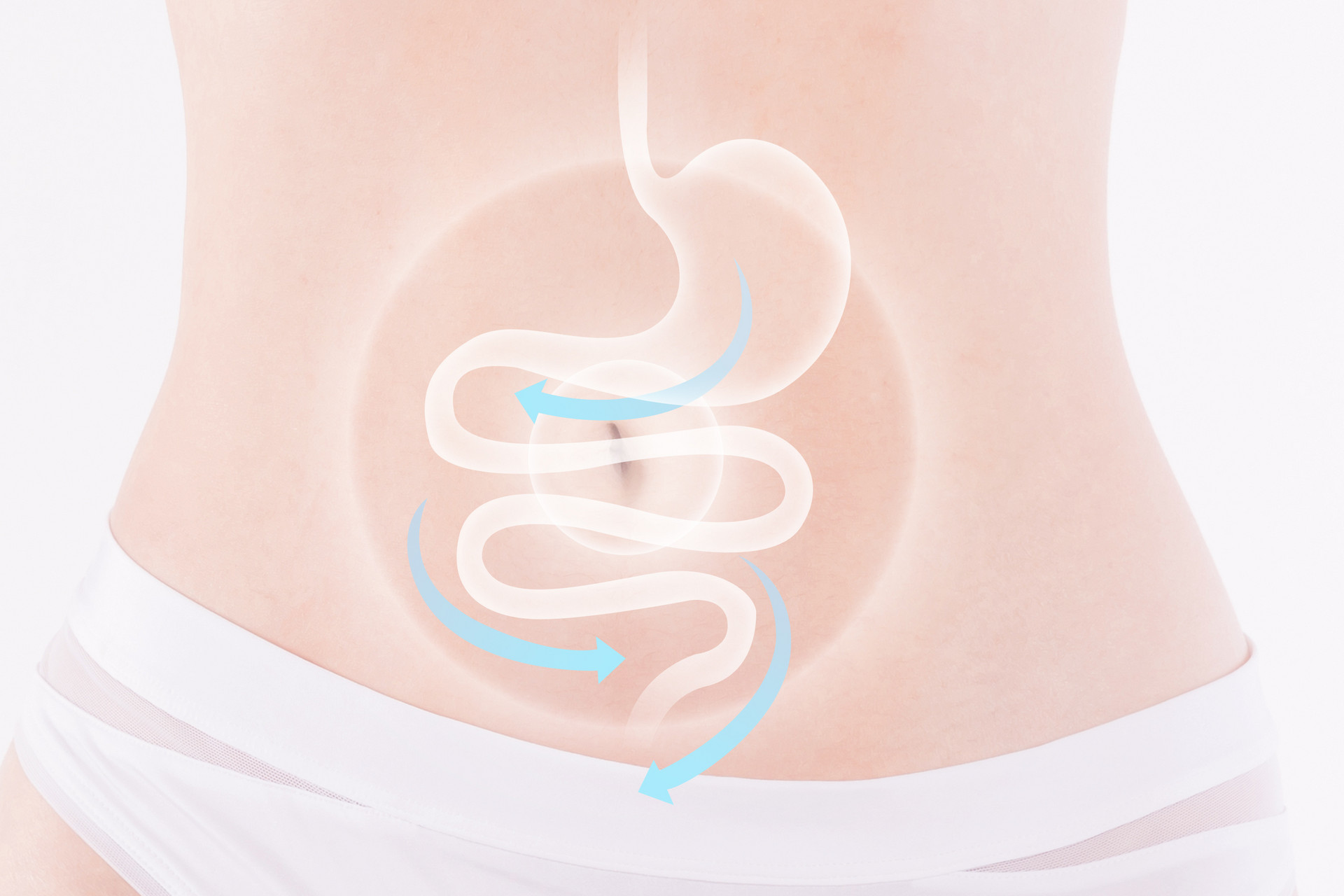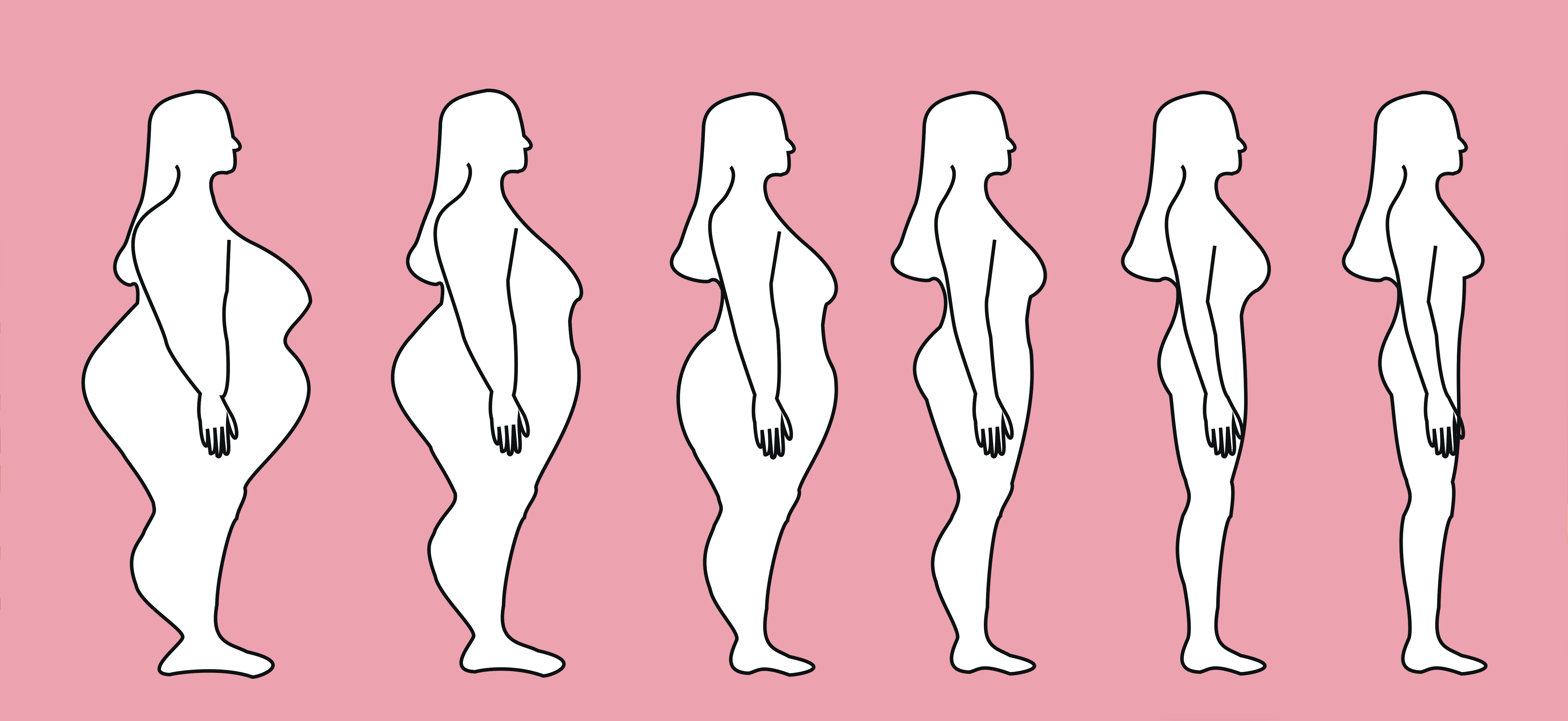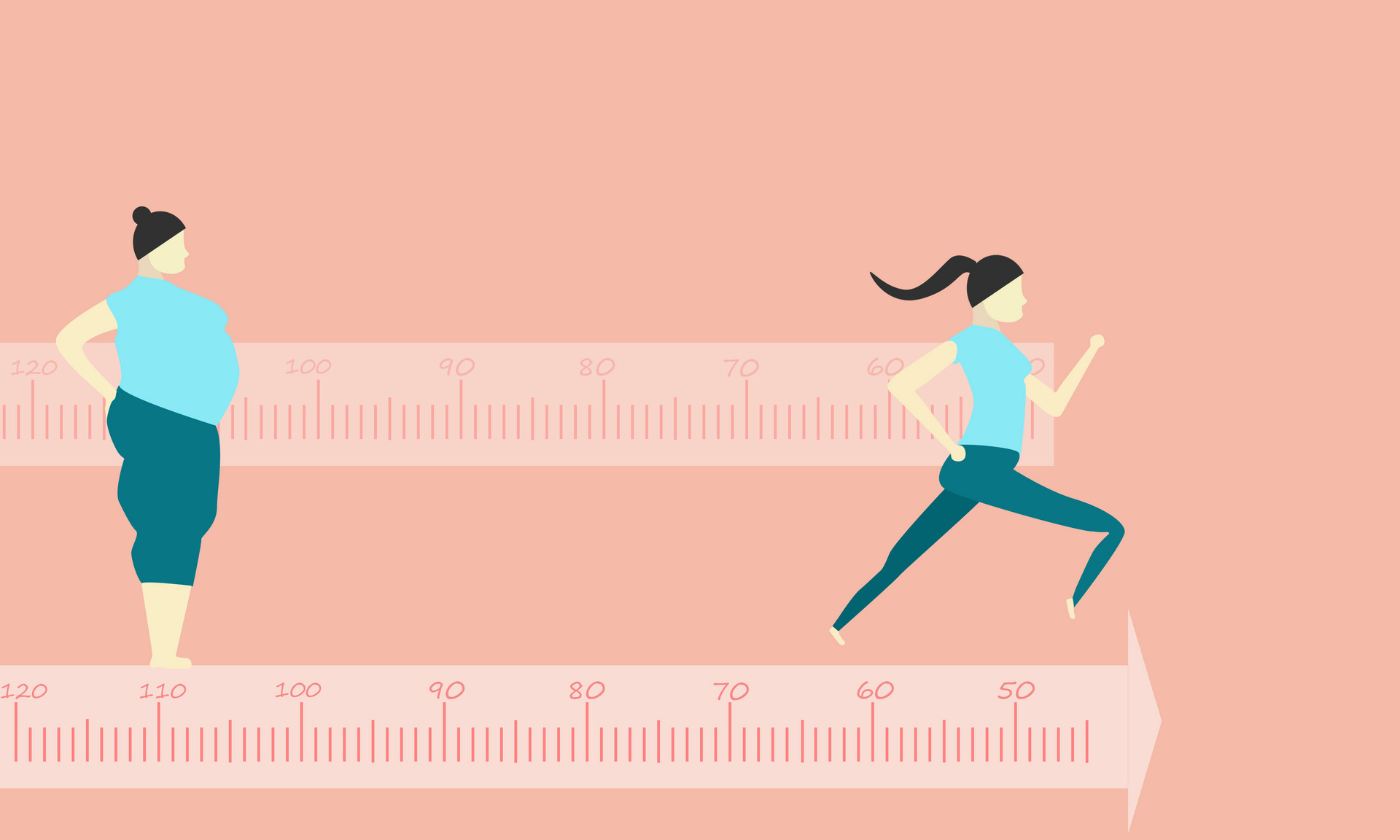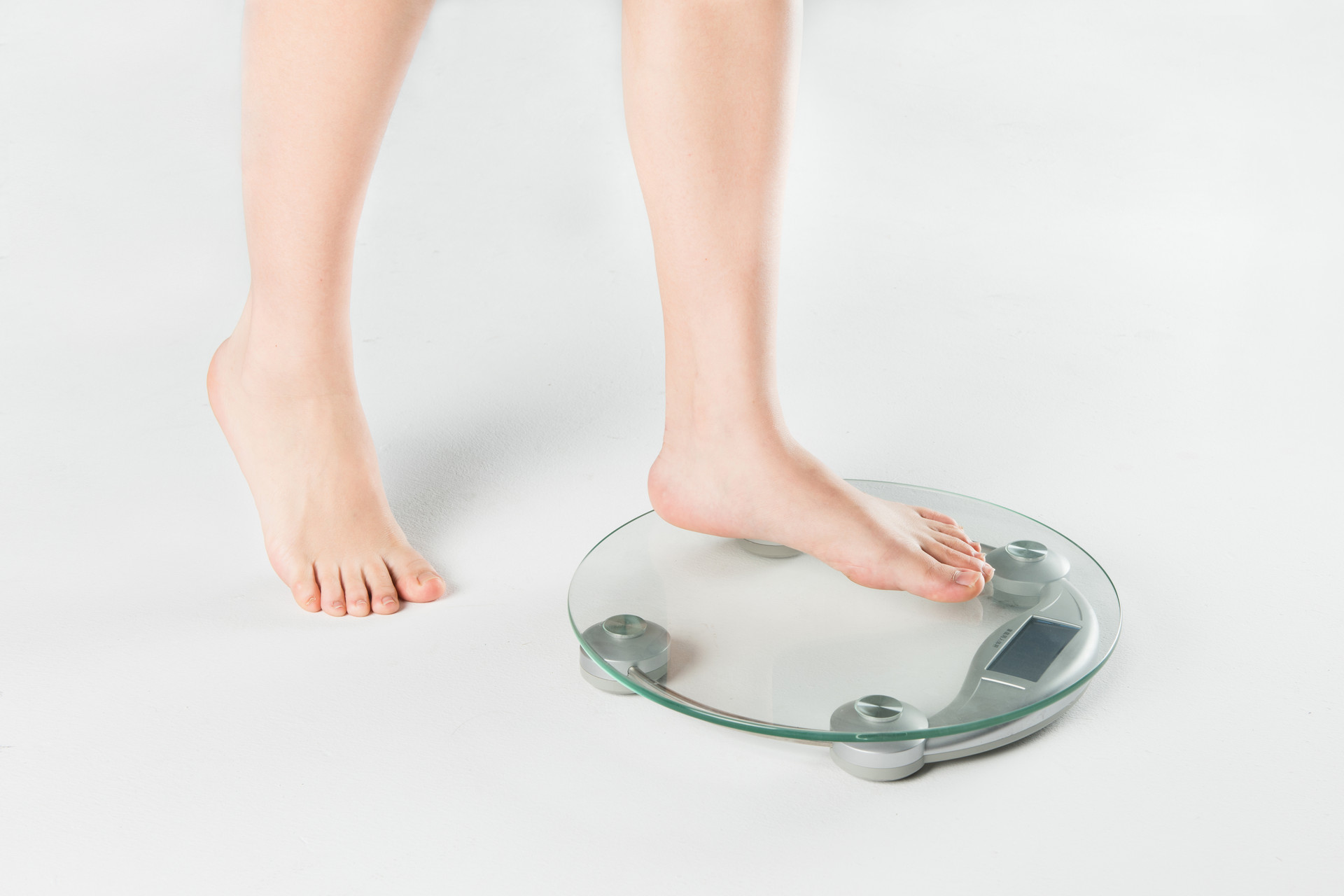Exercise is the safest way to lose weight, and many people believe in this and practice it. However, after a period of exercise, although most of the fat is replaced by solid muscles, the measurements may not change much. This is likely because the exercise methods are not well mastered. Below, I will tell you the correct method of exercise for weight loss.
[Is your weight loss method correct?]
Generally speaking, the body starts to use fat after exercising for more than 20 minutes, which means that each exercise should last at least 25 minutes;
The calories burned during exercise are more than usual, so there will be an increase in appetite after exercise. If you do not control your diet, your weight will not decrease, but may increase;
Some people have a busy work schedule and can only exercise sporadically. For those who cannot guarantee more than 25 minutes of exercise time every day, they can divide the time into 3 separate 10-minute exercises. With persistence, they can still achieve the goal of losing weight;
Some people like to exercise after a meal, but exercising after a meal can stimulate the metabolism, converting excess calories into fat. Therefore, exercising after a meal is not conducive to weight loss;
Some weight loss enthusiasts like to do intense exercises. It is important to note that after intense exercise, the muscles should be given sufficient time to recover. It is best to repeat the same exercise every other day and alternate exercises to achieve weight loss;
The most effective way to lose weight is low-intensity, long-duration aerobic metabolism endurance exercises, such as jogging, swimming, and aerobics. It is important to persevere and pay attention to nutrition supplementation.
[How often should you do aerobic exercise?]
Regarding the frequency of exercise, the American College of Sports Medicine recommends that normal individuals should exercise 2-5 times a week. If you have not had a habit of exercising before, you should start with a small amount, two times a week, and gradually increase to three or four times. The common mistake beginners make is that they start exercising with high intensity every day due to their enthusiasm to achieve results quickly. This often leads to overtraining, resulting in fatigue, insomnia, and excessive body soreness in a short period of time. As a result, they stop exercising. In fact, we should realize that fitness is a long-term habit, and if you want to have a fit body, you should persist in exercising throughout your life. It takes several months or even years of perseverance to achieve the best physique and health. Gradual progress is the best approach.
[The ideal weight loss rate for aerobic exercise]
In general, a person burns about 15 calories per minute of jogging (the larger the weight, the more calories burned), and one kilogram of fat is about 3500 calories. If you jog for 30 minutes every day without changing your diet, you can lose one kilogram per week.
Of course, this is only a theoretical calculation. In practice, people tend to eat a little more after exercise. Experts recommend a weight loss rate of half a kilogram per week, so that the weight loss is less likely to rebound.
[Warm-up and cool-down for aerobic exercise]
Before and after each aerobic training, there should be warm-up and cool-down stages: These two stages can make your exercise safer and more effective.
1. Warm-up (preparation activities)
Warm-up generally refers to using low-intensity aerobic exercise to gradually warm up the body, increase body temperature, elevate heart rate, and breathe faster. Blood circulation also becomes faster, so that oxygen and nutrients can be delivered to the heart and muscles, preparing for your exercise. A sign that the warm-up activity has achieved its purpose is that the body starts to sweat slightly. The warm-up time should be 5-10 minutes. In cold weather, the warm-up time should be longer, and more clothing should be worn.
Many people skip warm-up exercises in order to save time and directly engage in high-intensity aerobic training. If you do this, because the cardiovascular system and lungs have not yet entered a state of readiness, the body temperature is relatively low, and the flexibility of the muscles is poor, it is easy to cause injuries. In addition, after warming up before exercising, you will feel better and the exercise time can be longer. In other words, if you exercise without warming up, you will get tired more easily.
2. Cool-down
Cooling down serves the same purpose as warming up. During exercise, blood circulation accelerates and the amount of blood increases, especially in the limbs. If you stop exercising immediately, blood will accumulate in the lower limbs, causing unnecessary burden on the heart. In severe cases, it may affect blood supply to the brain, leading to dizziness and lightheadedness. Therefore, after achieving the goal of exercise, there should be a 5-10 minute cool-down period, gradually reducing the intensity of exercise and gradually returning to a state of rest.












